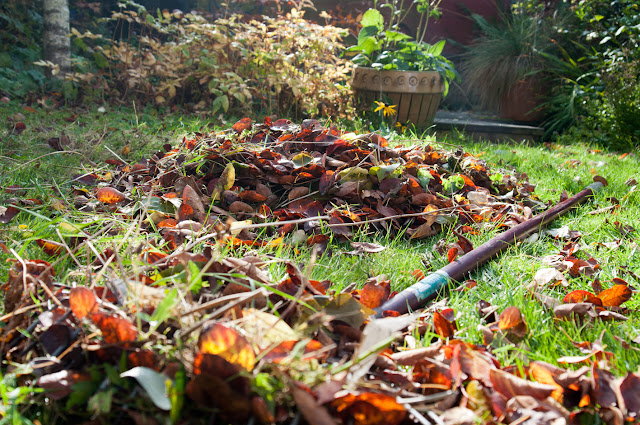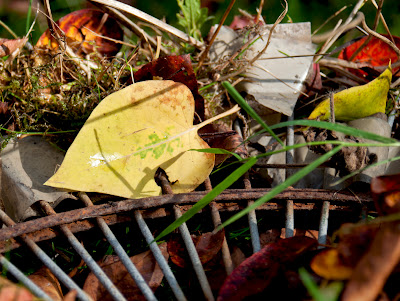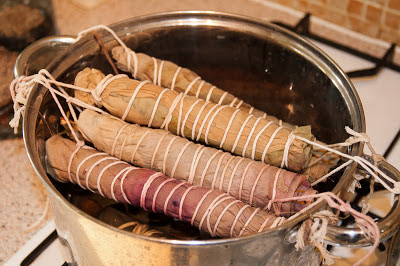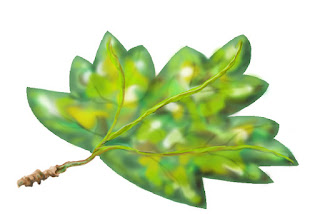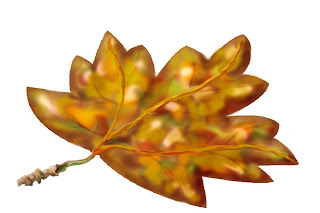Today, I'd like to show you the front of Garden65. 'FrontGarden65' perhaps.
The Japanese Maple is singing its heart out.
 |
| (completely unPhotoshopped) |
This small front garden spends most of the day in shade. Probably ideal conditions for a maple. Years ago I planted it up in the style of a Japanese garden. Somewhere in there are artfully placed stones, a pleasing contrast between light gravel and dark bark areas, a spreading juniper, and a terracotta pot with some Japanese characters on it (just to get the message across). About 10 years ago the postman, if he was au fait with gardening styles, would have recognised it as an attempt at an elegantly minimalist planting scheme. However, plants have an unhelpful habit of growing. Now the front of the house is more like a temperate jungle. The structure has disappeared completely.
But the other day, while boggling at the extravagance of the maple, I thought 'well at least that has gone right'. It's a happy plant.
Which in turn reminded me of this poem:
Sometimes things don’t go, after all,
from bad to worse. Some years, muscadel
faces down frost; green thrives; the crops don’t fail,
Sometimes a man aims high, and all goes well.
A people sometimes will step back from war;
elect an honest man; decide they care
enough, that they can’t leave some stranger poor.
Some men become what they were born for.
Sometimes our best efforts do not go
amiss; sometimes we do as we meant to.
The sun will sometimes melt a field of sorrow
that seemed hard frozen: may it happen for you.
Sheenagh Pugh "Sometimes"
I checked on the poet's
website to see if she minded if this poem was reproduced (she doesn't), and was very interested to see what she says about it.
"Despite all this, it wasn't necessarily political, nor is it about depression, though a lot of clinically depressed people think it is. It isn't even basically very optimistic. It was originally written about a sportsman who had a drug problem and it expressed the hope that he might eventually get over it - because things do go right sometimes, but not very often... But it isn't anywhere near skilful or subtle enough and I would cheerfully disown it"
She also says,
"if you do quote or reproduce it, I would rather you left my name off. I really do hate it that much."
Oh! Looks like my choice of poem hasn't gone well after all! But I will let you know her name because she sounds a character.
Note for horticulturalists:
"Also some people have asked "why the odd spelling of "muscatel" as "muscadel"? Because the line doesn't refer to muscatel grapes; it refers to grape hyacinths, little purple spring flowers which I've always known as "muscadel".





















